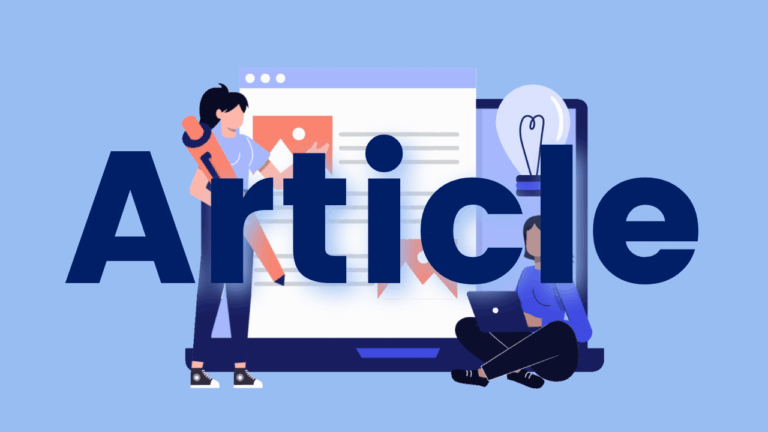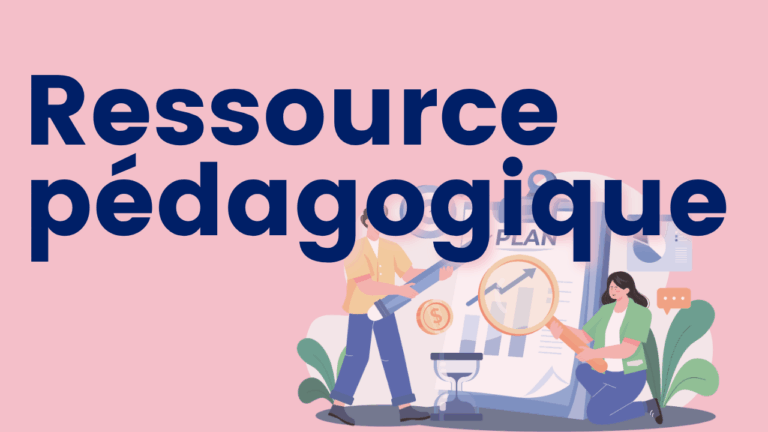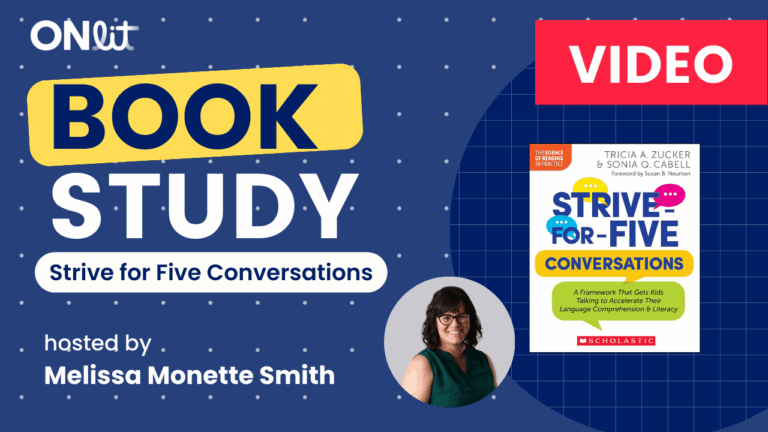Modifier l’équilibre – enregistrements et ressources
Retrouvez les enregistrements de notre étude de livre Modifier l’équilibre – Shifting the Balance : Upper Elementary, conçu spécifiquement pour le personnel scolaire qui cherche à intégrer la littératie structurée dans les classes du cycle moyen et intermédiaire. Explorez les chapitres du livre avec nous et découvrez des idées et des stratégies pratiques pour une…







